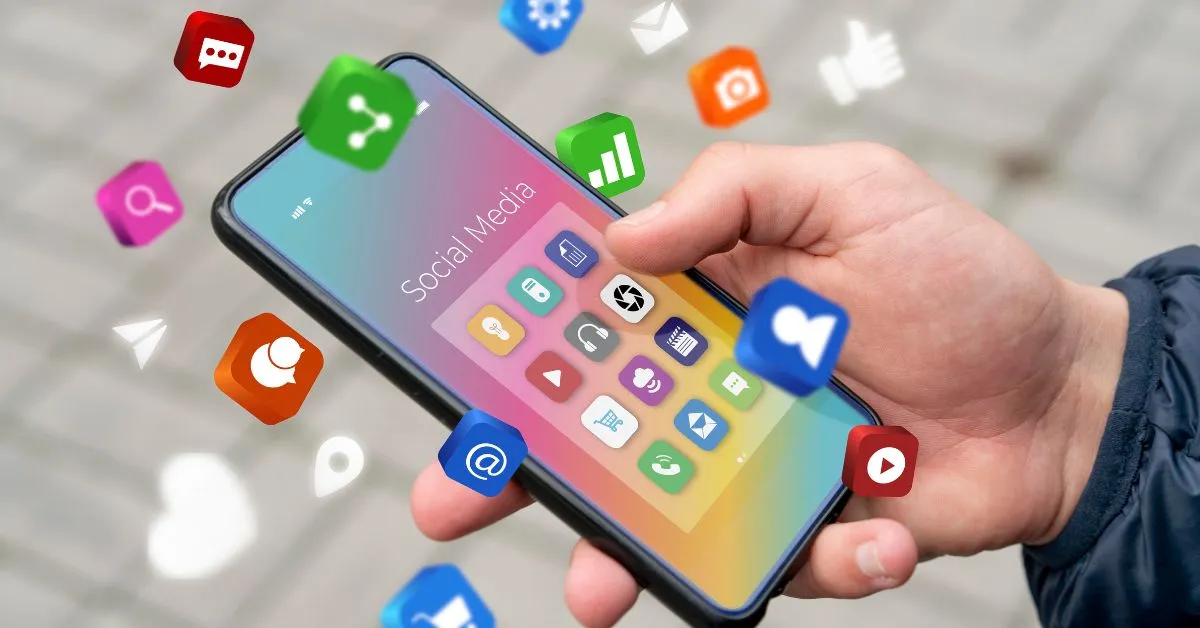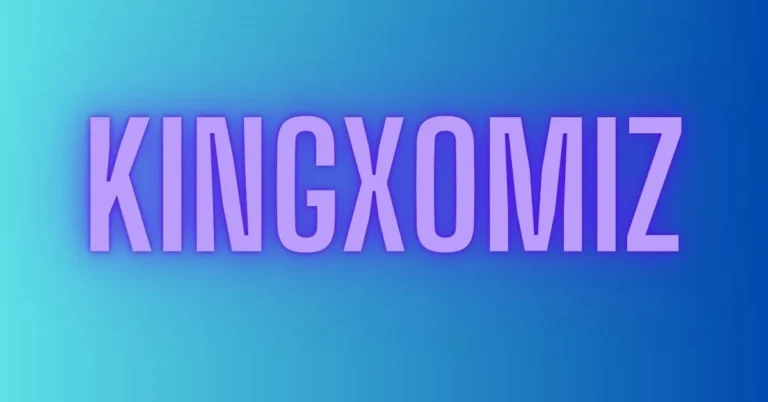İns The Digital Symbol Redefining Online Identity and Communication
In today’s interconnected world, where our online presence often defines how others perceive us, new symbols and trends continue to reshape digital communication. One such emerging concept is “İns” — a term that encapsulates individuality, authenticity, and digital self-expression. Far more than a passing online trend, İns has evolved into a powerful identity marker that bridges technology, culture, and human interaction.
From social media platforms to branding strategies, İns represents the essence of how people craft and maintain their digital personas. This article explores the origin, evolution, and growing influence of İns in modern communication, revealing why it resonates so deeply with the digital generation.
Understanding İns
The term İns finds its roots in online communities that prioritize personal identity and self-expression. Emerging from cultural interactions and evolving technology, it symbolizes the intersection between individuality and connectivity.
In its early stages, İns appeared as a lexical shorthand — a way for users to define themselves quickly within social networks. Over time, this seemingly simple term began carrying deeper connotations. It came to represent digital essence — the curated image that mirrors who we are in a world made of pixels, posts, and profiles.
As digital communication grew more visual and concise, İns naturally fit into this evolution. It evolved from niche forums to mainstream platforms, embodying both personal branding and digital humanity — a reminder that technology is still driven by real people with unique stories and emotions.
İns and Its Role in Social Media Communication
On platforms like Instagram, X (Twitter), and TikTok, users constantly search for ways to stand out while remaining relatable. Here’s where İns has become invaluable.
It serves as a symbolic signature, helping individuals express identity and belonging within digital spaces. The simplicity of using İns makes it appealing, particularly to younger audiences who favor concise yet expressive communication.
Users incorporate İns in captions, bios, or hashtags to convey trends, moods, or personal themes. For example, adding İns-related phrases or visuals can instantly elevate engagement and reinforce authenticity.
As social media algorithms increasingly reward genuine connection over surface-level posting, İns helps users project a true version of themselves — one that fosters interaction and emotional resonance across communities.
A Symbol of Online Identity and Digital Authenticity
In the vast digital landscape, where millions of people compete for attention, İns has become a powerful symbol of authenticity. It embodies the personal touch that separates humans from algorithms and automation.
People today curate content to represent not just what they do but who they are. Through the use of İns, they project values, aesthetics, and emotional tones that align with their individuality. This makes it more than a trend — it’s a cultural movement emphasizing honesty, creativity, and connection.
By embracing İns, users build credibility and recognition. Whether in influencer branding, professional networking, or creative communities, İns acts as a visual shorthand for self-awareness — communicating personal essence in an instantly recognizable way.
Could İns Be an Acronym? The Mystery Behind the Name
The ambiguity surrounding İns adds to its intrigue. Some suggest that it might stand for conceptual acronyms such as “Individuals Navigating Society” or “Influencers Networking Socially.”
While there’s no universally accepted definition, this flexibility is part of İns’s appeal. Each user or community can interpret it differently, shaping its meaning based on their digital culture or goals.
This open-endedness reflects the fluid nature of online identity — where everyone adapts language, style, and symbols to express themselves uniquely. Thus, İns thrives on interpretation, allowing it to remain fresh and relevant across diverse audiences and platforms.
İns as a Modern Identity Tag
In the realm of digital branding, identity tags define how we represent ourselves online. İns functions as one such modern identity tag — a compact emblem that captures individuality, creativity, and community all at once.
People use İns to signal authenticity beyond usernames and profile pictures. It acts as a badge of digital credibility, showing alignment between one’s personal story and their online persona.
Moreover, İns encourages inclusivity. It crosses geographical, cultural, and linguistic boundaries, allowing individuals from different backgrounds to connect over shared values or experiences. In this sense, İns doesn’t just identify; it unites, creating emotional resonance and collective belonging in virtual spaces.
Why İns Appeals to the Digital Generation
For millennials and Gen Z, authenticity is everything. They gravitate toward communities and symbols that help them express identity effortlessly. İns captures that perfectly.
Its simplicity allows users to encapsulate complex emotions and ideas in a single, meaningful expression. In fast-paced online spaces, brevity is power — and İns delivers that with elegance.
On visual platforms like Instagram, TikTok, and Snapchat, where storytelling relies on minimal text and strong visuals, İns acts as an expressive enhancer. It gives a subtle, symbolic voice to the user’s personality while maintaining aesthetic consistency.
This generation also values connection and relatability. Using İns fosters a sense of shared understanding — a silent nod among peers who recognize its symbolic value in expressing individuality within a connected world.
Cultural and Linguistic Power of İns
Language evolves with culture, and İns stands as proof of this dynamic transformation. Its spelling, sound, and structure make it adaptable across different linguistic and cultural contexts.
For many, İns embodies creativity in expression — an attempt to personalize language itself. It represents a fusion of technology and culture, reflecting how human communication adapts to new mediums.
In multilingual spaces, users interpret İns in ways that resonate with their own traditions, idioms, and artistic expressions. This gives it global relevance — not just as a word, but as a symbol of modern communication that bridges diverse backgrounds.
Ultimately, the linguistic strength of İns lies in its universality: it’s both deeply personal and globally understandable.
Digital Humanity
As technology continues to advance, people risk losing the emotional warmth that defines human interaction. The concept of digital humanity emphasizes staying connected emotionally even in virtual spaces — and İns plays a role in that mission.
By symbolizing individuality within technology, İns reminds us that there are real humans behind every screen. It helps reintroduce empathy into online exchanges, transforming routine communication into more meaningful connection.
Balancing automation and authenticity, İns allows technology to remain human-centered. It’s not just about tools or trends; it’s about ensuring our identities and emotions continue to shine in a world increasingly defined by algorithms and artificial intelligence.
The Growing Influence of İns in Branding and Marketing
Businesses and influencers have started leveraging İns as a branding asset. In an age where consumers crave authenticity and relatability, using İns-inspired symbols or language enhances trust and emotional engagement.
Brands integrate İns-like identity markers to humanize their image, connecting with audiences on a deeper emotional level. For creators, incorporating İns helps solidify a consistent identity across multiple platforms, improving recognition and loyalty.
In marketing terms, İns aligns perfectly with modern personal branding strategies. It helps shape narratives that feel human, creating bridges between creators and their audiences. Companies that adapt this approach demonstrate not just innovation, but empathy — a key differentiator in today’s competitive landscape.
Will İns Continue to Grow in the Digital Future?
The trajectory of İns shows no signs of decline. As digital communication becomes more immersive and identity-driven, the demand for personalized symbols will continue to increase.
Social platforms are constantly evolving to support new forms of expression — from emojis to avatars to AI-driven identity tags — and İns fits naturally within this evolution. Influencers, content creators, and even businesses use it to stand out while staying relatable.
As Generation Alpha steps into the digital world, the desire for expressive individuality will only strengthen. İns may become an integral part of global communication, symbolizing not just identity but emotional presence in online interactions.
This expansion highlights how human creativity continually adapts technology to express something universal — the need to be seen, heard, and understood.
The Psychological Impact of İns
Beyond aesthetics, İns carries psychological importance. It allows individuals to validate identity and express belonging in digital environments.
In psychology, self-expression is vital for well-being. People who can present their authentic selves tend to feel more connected and confident. Using İns fosters that authenticity, offering a small but meaningful way to claim digital space.
Moreover, communities centered around symbols like İns create shared identity networks, offering comfort and inclusion. They encourage dialogue, creativity, and even emotional healing — proving that language and symbols can nurture human connection in unexpected ways.
The Cultural Legacy and Future of Digital Expression
Culturally, İns represents a turning point in how humanity interacts with technology. It’s a sign that the internet isn’t just about information — it’s about identity, art, and emotional storytelling.
As digital culture continues to merge with real-world behavior, symbols like İns will influence fashion, design, and even music — shaping aesthetics that celebrate individuality. It could become part of a universal digital lexicon, much like emojis or hashtags once did.
The more people use İns to express themselves, the more meaning it accumulates — transforming from a word into a cultural artifact of the digital age.
Final Thoughts
The journey of İns reflects the ongoing evolution of human communication in a technology-driven world. What began as a niche expression has grown into a global language of identity, connecting millions through shared authenticity and creativity.
For users, embracing İns means more than adopting a trend — it’s about reclaiming individuality in an algorithmic age. For brands, it’s a tool to humanize their message. For society, it’s a reminder that even in a world of code and data, emotion and connection remain central.
As digital platforms continue to evolve, İns will likely shape the next generation of communication, offering a bridge between personal identity and collective belonging. Its cultural, linguistic, and emotional dimensions ensure that this simple yet profound symbol will remain a cornerstone of digital humanity for years to come.







